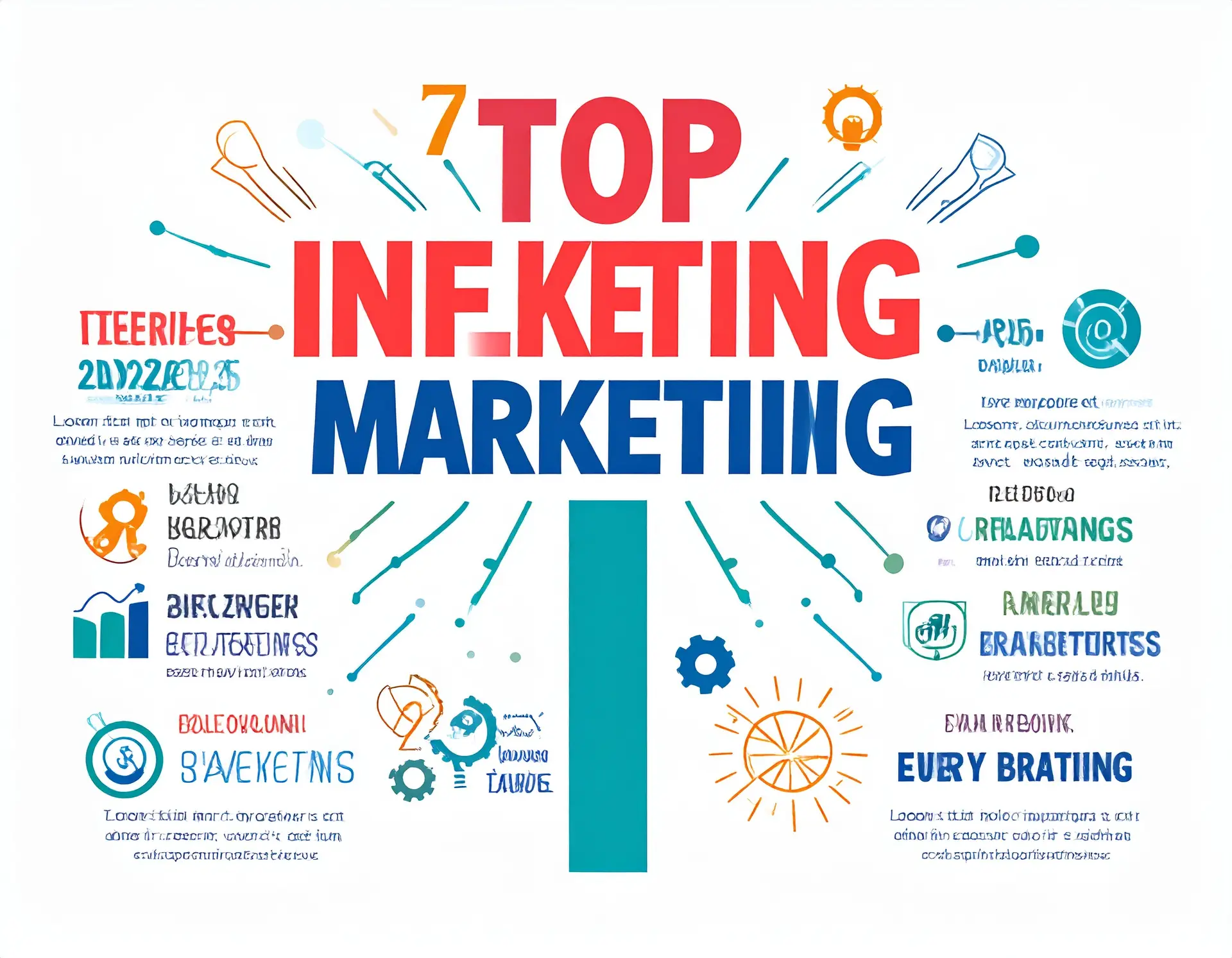The world of influencer marketing is evolving faster than ever. With cutting-edge tech, shifting consumer behaviors, and rising content standards, what worked last year might not work today.
Whether you’re a digital marketer, social media influencer, or brand manager, staying ahead of the curve is non-negotiable. In 2025, influencer marketing isn’t just about aesthetics—it’s about authenticity, tech-savvy strategies, and long-term value.
So what’s hot this year? Let’s dive into the top 7 influencer marketing trends in 2025 that are shaping the future of brand-creator collaborations.
1. AI-Powered Creator Matchmaking is Changing the Game
Gone are the days of manually searching for the “perfect” influencer. In 2025, AI-powered matchmaking platforms are streamlining the process by analyzing audience demographics, engagement quality, content tone, and even emotional resonance.
For example, Sephora recently used an AI-based tool to connect with mid-tier beauty creators whose audiences showed a high affinity for cruelty-free skincare. The result? A campaign with 3x higher engagement and a 25% boost in conversions.
Pro Tip for Brands: Use AI tools not just to find influencers, but to predict campaign performance based on past metrics.
2. Micro-Influencers Are Dominating Engagement
It’s official: Micro-influencers (10K–100K followers) are leading the engagement charge in 2025. While mega-celebrities still offer massive reach, micro-influencers bring niche authority, tight-knit communities, and higher trust.
A recent study shows that micro-influencers now deliver up to 60% more engagement than macro-influencers. For example, a vegan snack brand partnered with 200 micro food bloggers on Instagram and TikTok, resulting in a 40% spike in online orders.
Why it works: These creators speak directly to audiences who care—making every post feel like a personal recommendation.
3. UGC-Led Campaigns Are the New Trust Builders
User-generated content (UGC) isn’t new, but in 2025, it’s everything. Audiences crave real, unfiltered experiences, and brands are shifting to UGC-first strategies across platforms.
Take Glossier, which now sources over 70% of its content from customers and influencers. Their campaigns feature real people using real products, with raw edits and authentic reactions. It’s cost-effective and powerful.
Tip for Influencers: Lean into behind-the-scenes content, day-in-the-life reels, and honest reviews to increase brand deals and audience trust.
4. Long-Term Partnerships Are Replacing One-Off Collabs
In 2025, brands are investing in creator relationships, not just transactions. Long-term partnerships lead to deeper storytelling, stronger audience loyalty, and better ROI.
Fashion brand Zara now has year-long ambassador programs with selected creators who co-design collections, appear in seasonal launches, and build authentic relationships with the brand’s audience.
Why it matters: Long-term collaborations signal authenticity. Followers can spot one-time promo deals from a mile away.
5. Multi-Platform Influence is the New Standard
Staying on one platform? That’s a 2020 move.
In 2025, successful influencers are omni-platform creators—cross-posting content on Instagram, TikTok, YouTube Shorts, and even LinkedIn depending on their niche.
Brands want 360° visibility, and creators who can offer diversified presence are in higher demand. Beauty influencer Malvika Sitlani, for instance, shares long-form content on YouTube, quick skincare hacks on Instagram, and educational reels on LinkedIn, giving brands maximum exposure.
Brand Tip: Prioritize influencers who have a consistent voice across platforms—not just those with the highest follower count.
6. Data Transparency is Now a Requirement
With rising ad spend on influencer marketing, brands are demanding real-time analytics and performance transparency. And creators are stepping up.
Influencers now use platforms that share live metrics—including engagement rate, click-throughs, story views, and conversion rates—with brand partners.
Influencer platforms like Aspire and CreatorIQ have added built-in dashboards where creators can allow brand access without needing endless screenshots and spreadsheets.
Takeaway: If you’re not tracking and sharing data, you’re behind.
7. AI & Virtual Influencers Are Expanding the Creator Economy
AI isn’t just behind the scenes—it’s in front of the camera too.
In 2025, virtual influencers like Lil Miquela and Imma are collaborating with top brands and racking up millions of views. Some brands are even creating custom AI influencers tailored to their target audience.
This trend blends creativity, innovation, and full brand control.
But don’t worry—human influencers are still essential. In fact, many brands are using virtual creators alongside real ones to reach younger, tech-savvy audiences with futuristic storytelling.
Wrapping Up: Influencer Marketing in 2025 is About Smart, Authentic, and Scalable Strategy
Whether you’re a creator or a brand, 2025 is all about meaningful connections powered by smart tech and authentic storytelling. From AI matchmaking to micro-influencer magic, this year offers more opportunities than ever to grow your presence and profits.
Ready to stay ahead of the influencer marketing curve?
Join [Your Brand Name] today—a trusted platform that connects creators and brands through insight-driven campaigns, long-term collaborations, and real engagement. Let’s build something real, together.
#InfluencerMarketingTrends2025
#BrandCollaborationTips
#UGCstrategy
#MicroInfluencers2025
#AIinMarketing
#ContentCreatorsUnite
#InfluencerStrategy
#CreatorEconomy



One response to “Top 7 Influencer Marketing Trends in 2025 Every Brand and Creator Should Know”
Hi, this is a comment.
To get started with moderating, editing, and deleting comments, please visit the Comments screen in the dashboard.
Commenter avatars come from Gravatar.